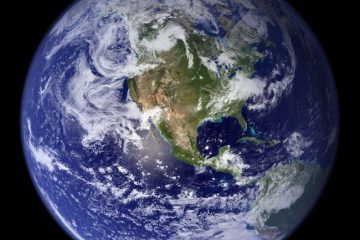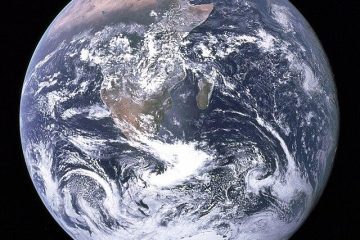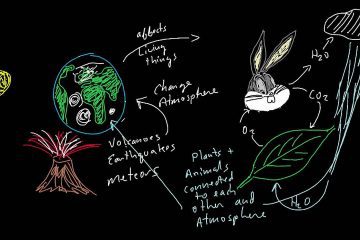Gaia hypothesis
gaia theory example
Gaia Theory, proposed by James Lovelock, suggests that Earth functions as a self-regulating system. An example can be seen in the balance of global temperatures—where increased greenhouse gases trigger natural processes, like increased cloud cover, to cool the planet.









